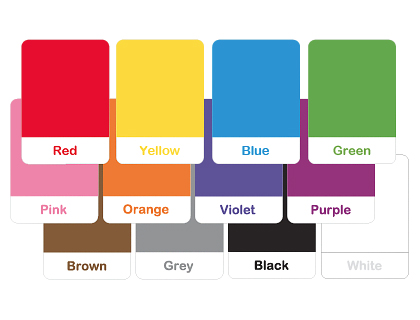Epistemology Part 2: Dogmatism About Perception and Roger White's Bootstrapping Arguement
Dogmatism about perception is the endorsement of the idea that if one has a perception that supports a proposition, they are justified in believing that proposition, even if they have no justification for rejecting skeptical hypotheses. For example, if I see a business man walking down the street from my window, under dogmatism I am justified in believing that what I see is in fact a business man. The fact that I lack the justification to prove that the man is not actually a hologram or a monkey in a suit is not important. Without this theory, it becomes hard to justify anything using only perceptual evidence.

Bootstrapping is a procedure whereby one acquires a large amount of unconfirmed inductive evidence and then proceeds to conclude things based on that evidence. For simplicity's sake I will use the same example that White used in his essay. Imagine that you want to test the accuracy of your color perception. To do so you look at many colored pieces of paper and record what color they are based only on what they look like. At the end of the test, you conclude your color vision works perfectly since there is no discrepancy between the colors of the cards and the colors you wrote down. Obviously this test is worthless. All it proves is that colors appear to you as they appear to you. White's claim is that under dogmatism, this argument would provide justification to believe that your ability to perceive colors is flawless (White 543).

White's claim, and his error, both revolve around something called a track record proposition. This proposition is composed by combining the individual results of each color card test. According to White, it takes the form of, “Track Record: This card appears to be C in color, and it is C, this one appears C' and it is C',. . ., and these are all the cards that I have viewed.” (White 546) This track record proposition entails another proposition, one of no errors (White 546). The no errors proposition states that in every tested case, the colors that I experienced matched the actual colors of the cards. Because the evidence justifies the track record proposition, which entails the no errors proposition, the no errors proposition is also justified by the evidence (White 546). If I am justified in thinking that I made no errors, I can then conclude that my color vision is reliable.

What allows White to say that dogmatists would find themselves with a justified no errors proposition is the idea that justification is closed on known entailment. What this means is that if a piece of evidence justifies a belief, it also justifies every belief that follows from that original belief. For instance, if the evidence, “there are no clouds in the sky today,” justifies my belief that it is sunny outside, it also justifies my belief that it is not raining. Sunny weather entails a lack of rain. There is, however, one instance in which this principle does not apply, and it is exactly the instance where White has used it. Justification is not closed on entailment in situations where you are dealing with a conjunction of multiple propositions. For example, imagine I am walking down the street and I see a bundle of today’s newspapers get blown away. The street is now covered in newspapers being blown about. I proceed to pick one up and, as I saw where the papers came from, I am justified in believing that this paper will be today's paper. If I choose to pick up a second paper I will also be justified in the belief that that paper will be today's paper. However, even though I am justified in believing that any individual paper I pick up will be today's, I am never justified in believing that every paper is today's, as that could very easily be false. My newspaper track record proposition cannot justify my proposition that every newspaper is today's, just as White's card color track record proposition cannot justify his proposition that his visual experiences contained no errors.

In conclusion, Roger White's claim that dogmatists can obtain justification for beliefs through bootstrapping does not hold up. As justification is not closed on entailment in situations involving conjoined propositions, even a dogmatist cannot derive justification for believing their color vision is perfect from an unverified track record.